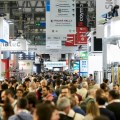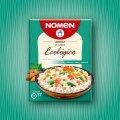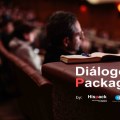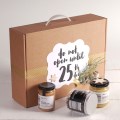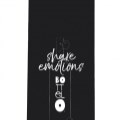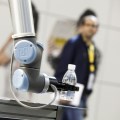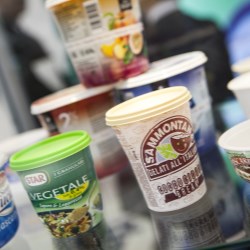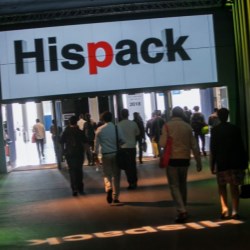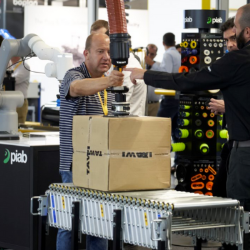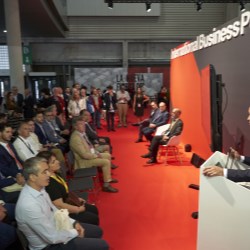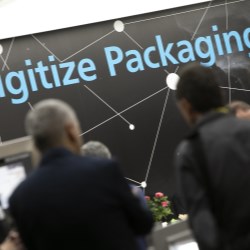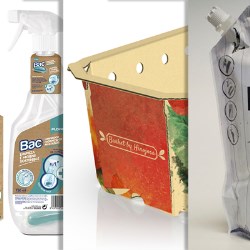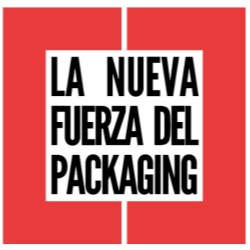If this is your company, CONTACT US to activate Packbase™ software to build your portal.


Market research, surveys, interaction with social networks, group testing, focus groups, etc. Companies invest a large proportion of their budgets in trying to identify consumers' priorities when it comes to packaging. These exercises are not infallible but they do give clues that help brands to understand the trends. Getting the right packaging is no small matter.
"What all the studies show is that consumers are increasingly making their decision at the point of purchase, which means that packaging is an essential factor in enhancing a product's visibility and making it stand out from the rest," says Oriol Iglesias, professor of marketing at ESADE business school.
This expert identifies four trends when it comes to defining what consumers are looking for in packaging: sustainability, interactivity, dynamism and convenience. On the first point, Iglesias has no hesitation in pointing to social responsibility and environmental protection as a growing requirement. ‘Consumers are sceptical about the true commitment of brands and are demanding that sustainability is a strategic element of their products; they associate it with authenticity,' says the professor, who believes that this demand has incentivised research into the use of new materials and designs.
The second key is interactivity. ‘Packaging is now a key element in customer relations, it's a window to the brand.' Iglesias points to the development of high-tech solutions that give users more detail about the product. Even so, the usage rate of these kinds of innovations, such as QR codes, is still very low among users. The expert attributes this to a lack of strategic vision by some companies when it comes to implementing technology. ‘Very often we just jump on the bandwagon of whatever's fashionable, but we don't have a clear strategy of what we want to communicate with this application. The process should be the other way around: first, specify what we want, and then apply the innovation to achieve that.'
On the same subject of innovation, the ESADE professor analyses the excellent response from consumers to smart packaging. ‘Once again, this is aligned with transparency, providing users with information such as a change in the colour of the packaging as the use-by date approaches, or labels that give information on the right storage temperature, and so on.'
Finally, Iglesias identifies convenience as the last requirement from consumers, and relates this to the customer's journey. ‘This is essential: the buyer is looking for top quality and a satisfactory user experience in terms of both the product and the packaging. In this respect, factors such as the size of the packaging and how convenient it is to carry are becoming more and more important, along with key issues such as ease and efficiency of use.' The shift engendered by the millennialsf these four trends are becoming endemic, it is partly because the millennials are gaining importance as a consumer group and brands are increasingly targeting their strategies at this market. ‘This market demands a lot from brands; they are already well-informed when they get to the point of purchase, they put more trust in recommendations than advertising, and they want transparency and information,' says Oriol Iglesias. The Shopper View consultant from AECOC, Marta Munné, agrees with his analysis and identifies certain demands that are specific to this generation. ‘They're looking for large packages to make greater savings, but with the option of individual portions to avoid the product deteriorating once it has been opened.'
Going into more detail, Munné differentiates the ideal type of packaging for millennials depending on the product it contains. ‘For drinks, they're looking for different sizes for different consumption occasions, and they put a premium on glass containers as they are more sophisticated and don't alter the flavour. When it comes to food, they want packaging transparency and guaranteed product conservation, while in relation to hygiene and personal care they are looking for practicality and the option of different sizes so they can choose the product that best meets the needs of their household.'
Munné also agrees in pointing to millennials as the most environmentally-aware consumer group and highlights the excellent press that materials such as paper and cardboard enjoy. ‘They are seen as environmentally-friendly, sustainable, hygienic, attractive and high quality by this generation.'
Innovation, a joint process
The emergence of the millennials as a key consumer group has also changed the innovative dynamics of brands. While previously innovation happened within companies before being projected outwards, today the trend is for joint creation. ‘The constant interaction facilitated by new technologies encourages the creation of joint development strategies in innovations, including customers right from the outset. Consumers, brand collaborators and the company itself are the three pillars of a process that allows more in-depth knowledge of the user and the formulation of more relevant ideas, which give us more options for succeeding on the market,' concludes Iglesias.
The next edition of Hispack, which takes place on 8-11 May 2018 at Fira de Barcelona's Gran Via venue, will allow direct contact with the brands that are producing packaging solutions related to sustainability, interactivity, innovation and convenience, as well as their use in products from different sectors to help establish a connection with consumers.


